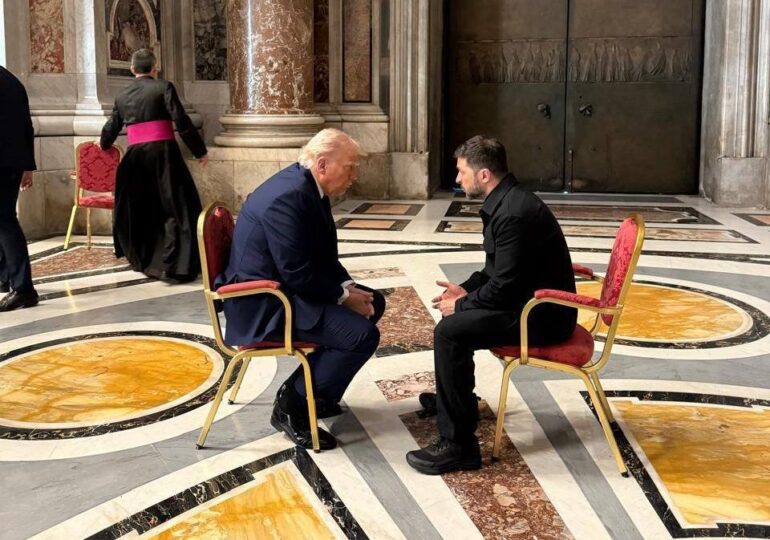The President of the United States, Donald Trump, has failed to achieve a peace agreement between Ukraine and Russia, despite promising to end the war „from day one” of his second term.
He hopes that the long-awaited meeting with Russian President Vladimir Putin, scheduled for Friday in Alaska, will change the situation.
This will be the first face-to-face meeting between the two leaders in Trump's second term. In recent months, the American president has met with Volodymyr Zelensky several times - including in a highly tense public confrontation in February - has had phone conversations with both leaders, and has sent envoys to negotiate a ceasefire.
However, Trump and other international leaders acknowledge that Putin does not seem interested in peace, with the war continuing for over three years, writes CNN.
Although Trump often speaks about a "very good relationship" with Putin, it turns out that neither a phone call, nor the threat of new sanctions, nor labeling the Russian leader as "completely crazy" is enough to change his course in Ukraine.
The White House is trying to temper expectations, emphasizing that it does not solely depend on Trump to make a deal. However, the summit marks a more aggressive pressure on Putin, amidst the growing frustration of the American president.
Here are some key moments that led to this historic meeting:
Escalations and Peace Attempts
- February 28 - A memorable quarrel in the Oval Office, where Trump and Vice President JD Vance accuse Zelensky of ingratitude and blocking negotiations with Russia. The Ukrainian leader leaves the White House.
- March 11 - Ukraine accepts a 30-day ceasefire proposed by the US. Trump promises to discuss the plan with Putin.
- April 17 - At peace talks in Paris, an official states that the Trump administration would be willing to formally recognize Russia's control over Crimea.
- April 22 - Zelensky rejects the recognition of the occupation of Crimea.
- April 24 - Trump criticizes Russian bombings over Kyiv and asks Putin to stop them, emphasizing that "5,000 soldiers are dying per week."
- April 26 - 15-minute meeting with Zelensky at the Vatican, described by him as the "best" he had with Trump.
- April 28 - Putin proposes a three-day ceasefire, rejected by Trump, who demands a permanent one.
Direct Negotiations and Deadlocks
- May 11 - Trump supports the idea of direct negotiations between Putin and Zelensky in Turkey.
- May 16 - The Russian and Ukrainian delegations meet in Istanbul and agree on a major prisoner exchange, but without significant progress.
- May 19 - Trump has a two-hour phone call with Putin, after which he states that the two countries will begin negotiations for a ceasefire.
- May 23-25 - Russia launches the largest aerial attack since the war began; simultaneously, a final exchange of 1,000 prisoners for 1,000 takes place.
Threats of Sanctions and New Deadlines
- May 28 - Trump gives Putin two weeks to prove he is serious about peace.
- July 14 - Threatens with 100% tariffs and secondary sanctions if an agreement is not reached within 50 days; the deadline is shortened to "10-12 days" on July 28.
- August 6 - Announces the summit with Putin in Alaska and says that "territorial exchanges" between Russia and Ukraine could take place.
- August 13 - Trump talks with European leaders and Zelensky, stating that he wants a new summit between Putin and Zelensky "immediately" after the Alaska meeting. He warns that Russia will face "very severe consequences" if it does not accept peace.

